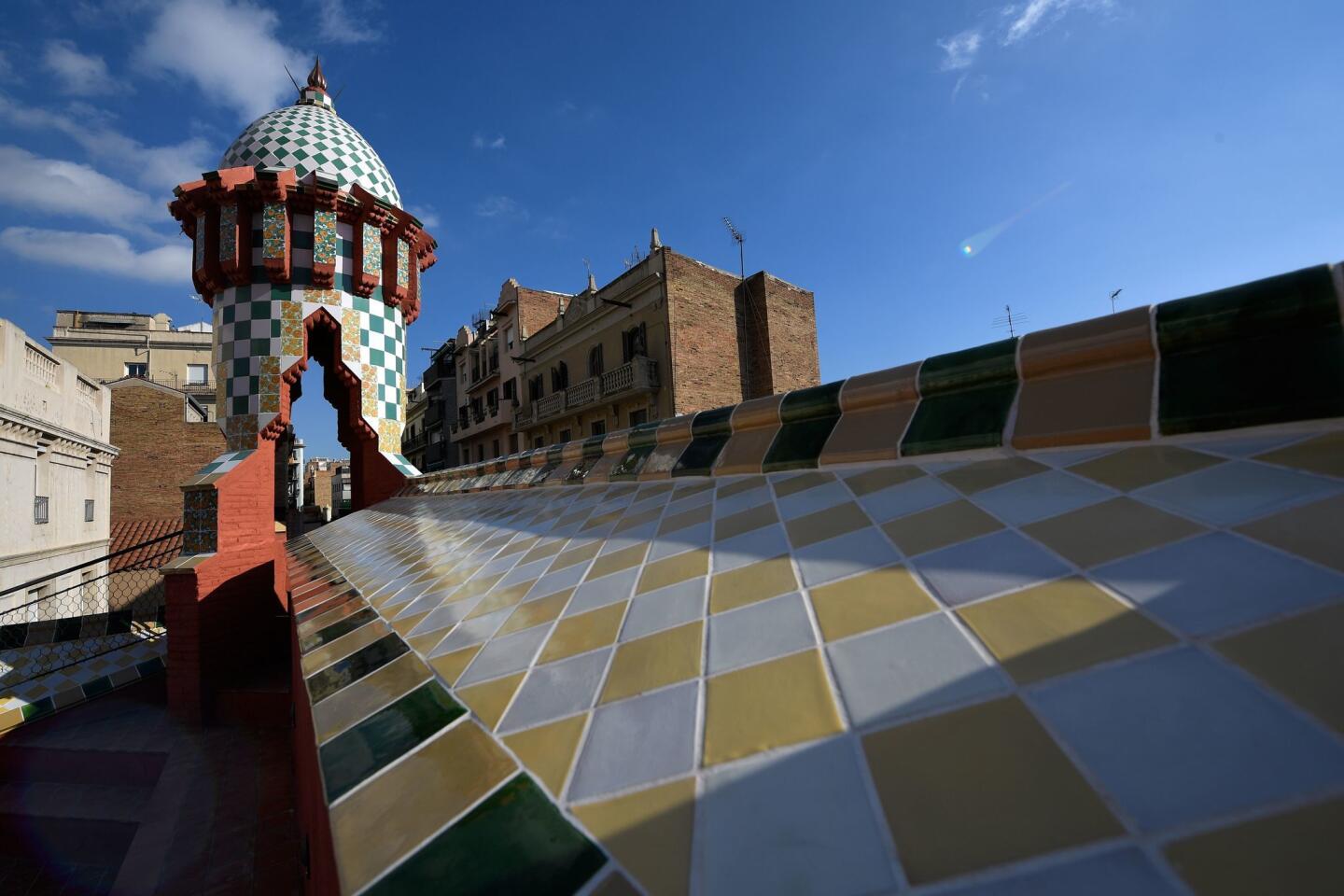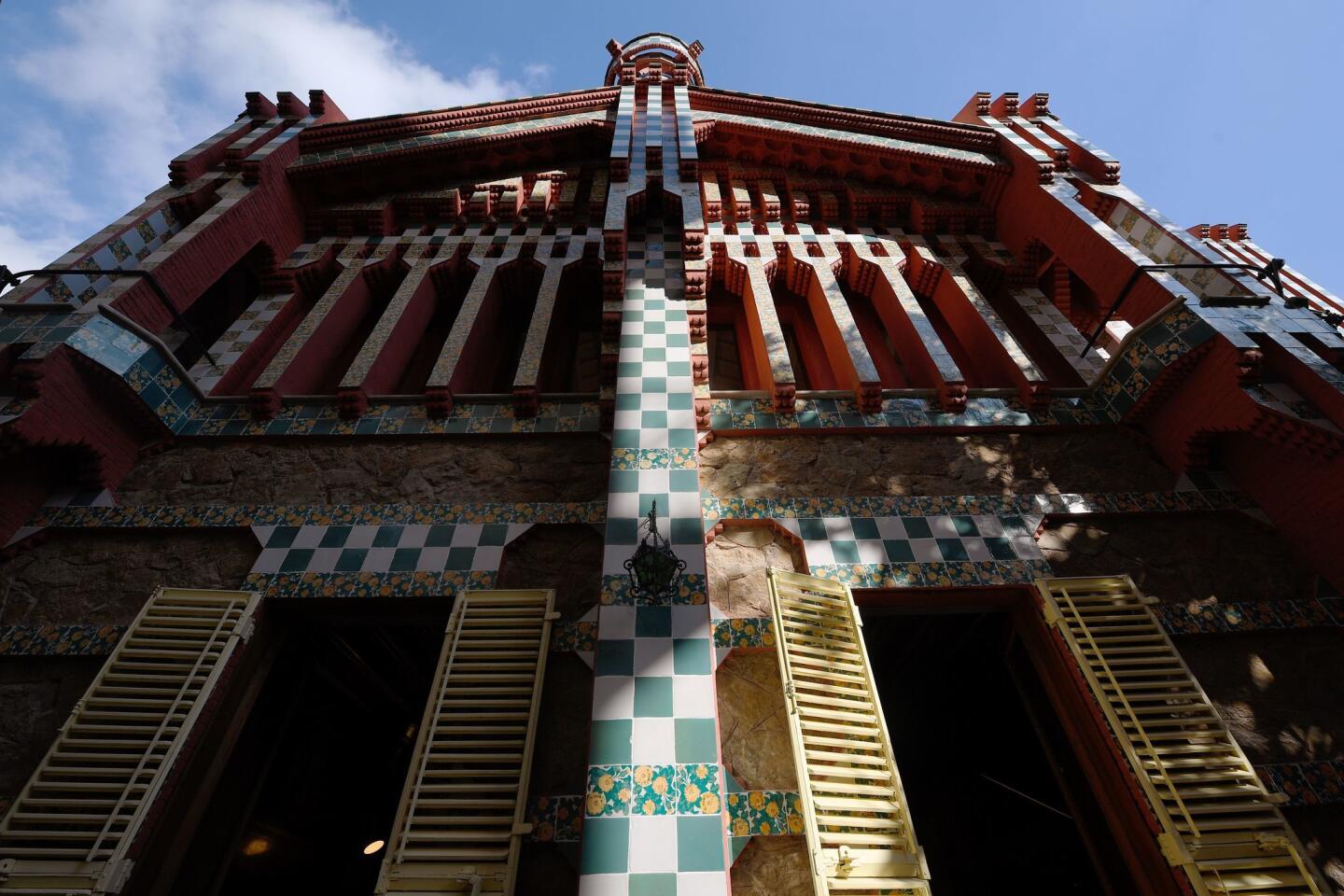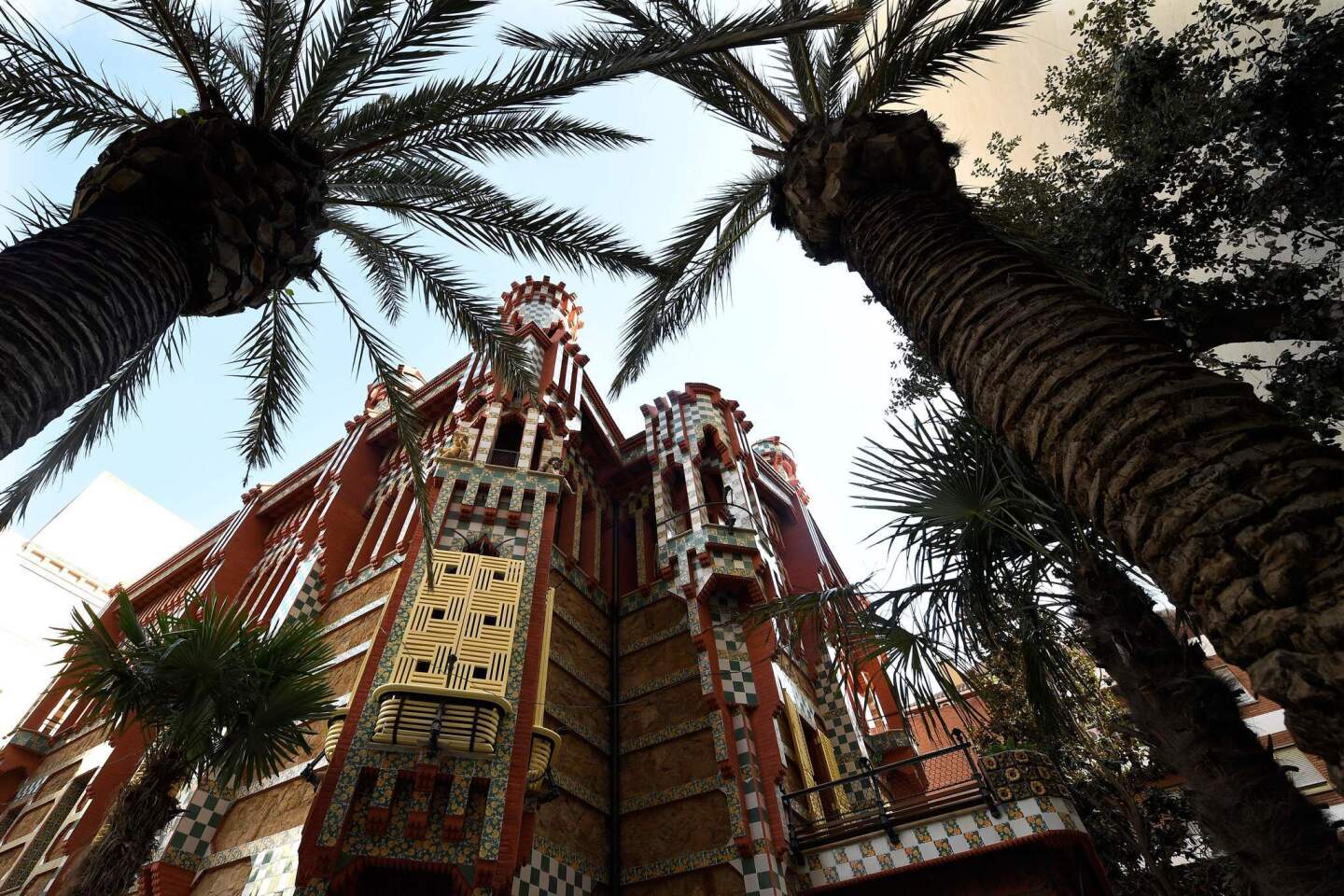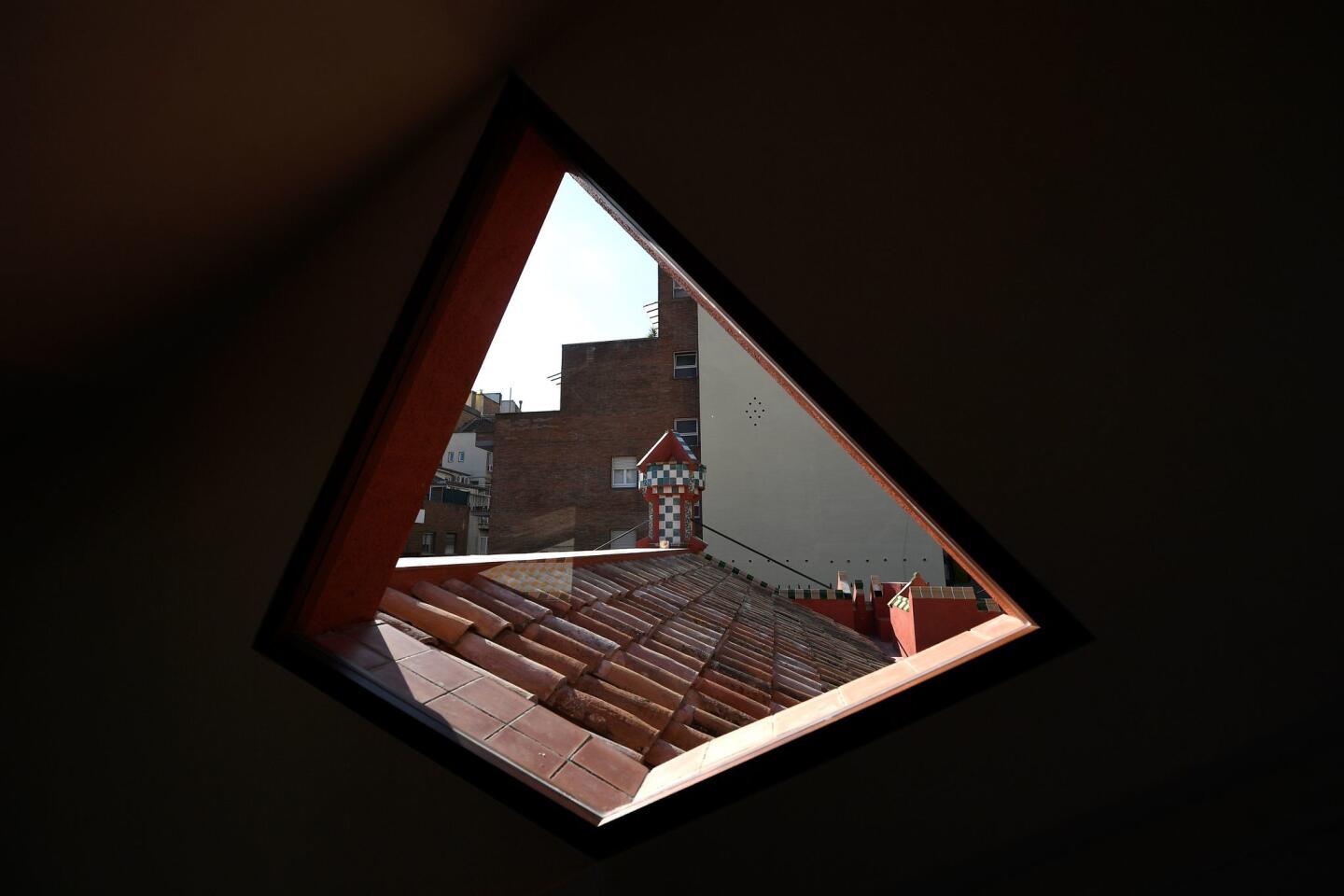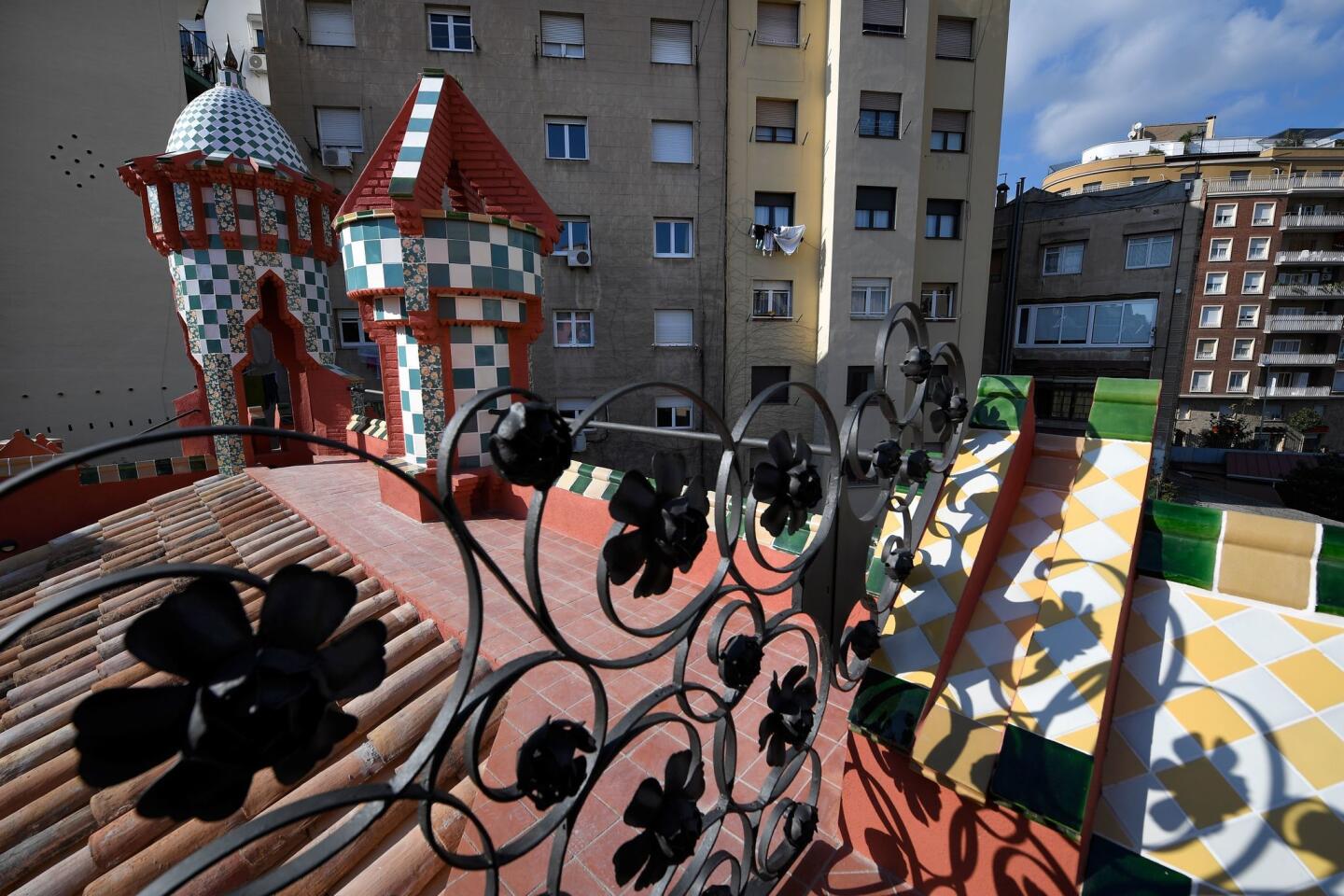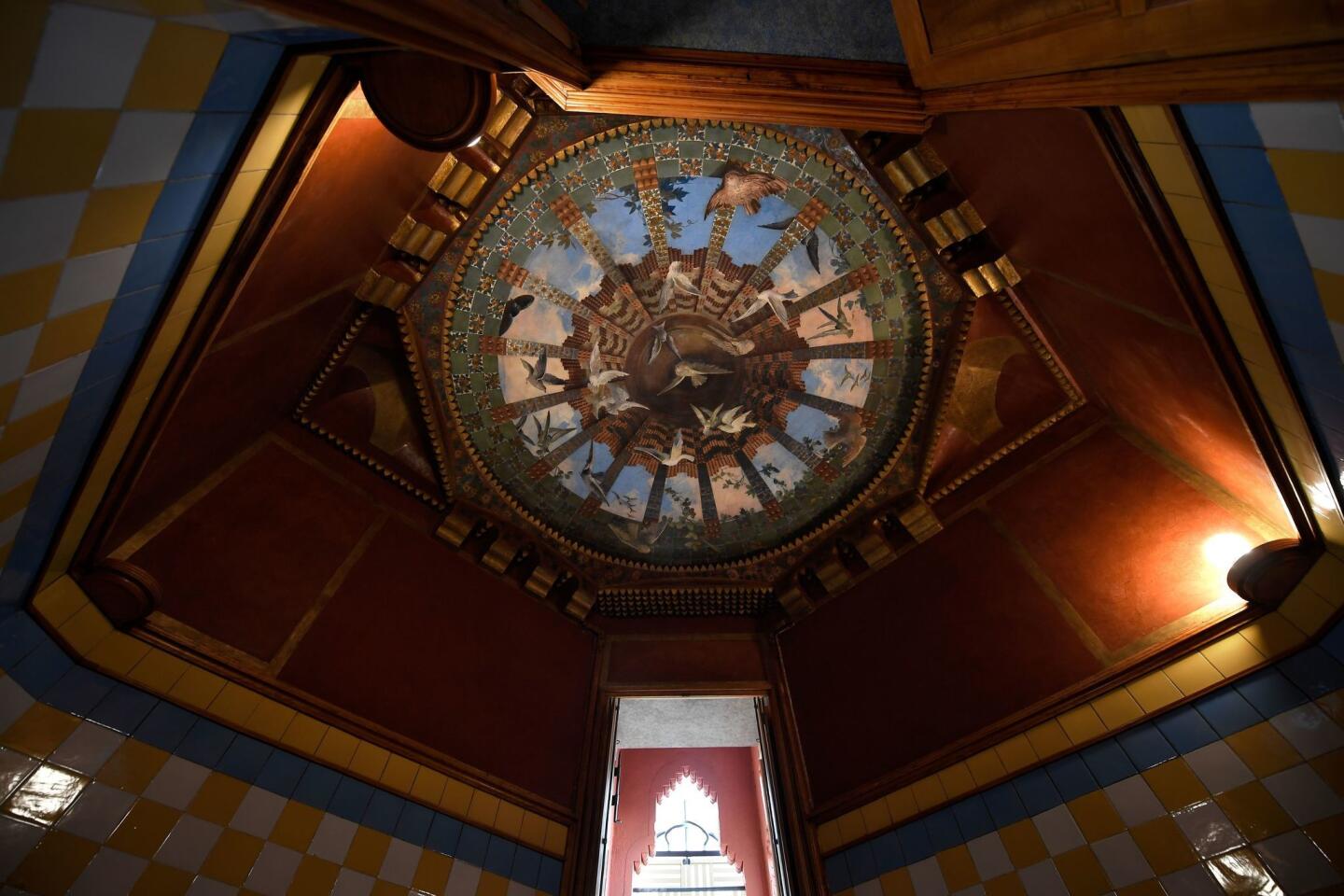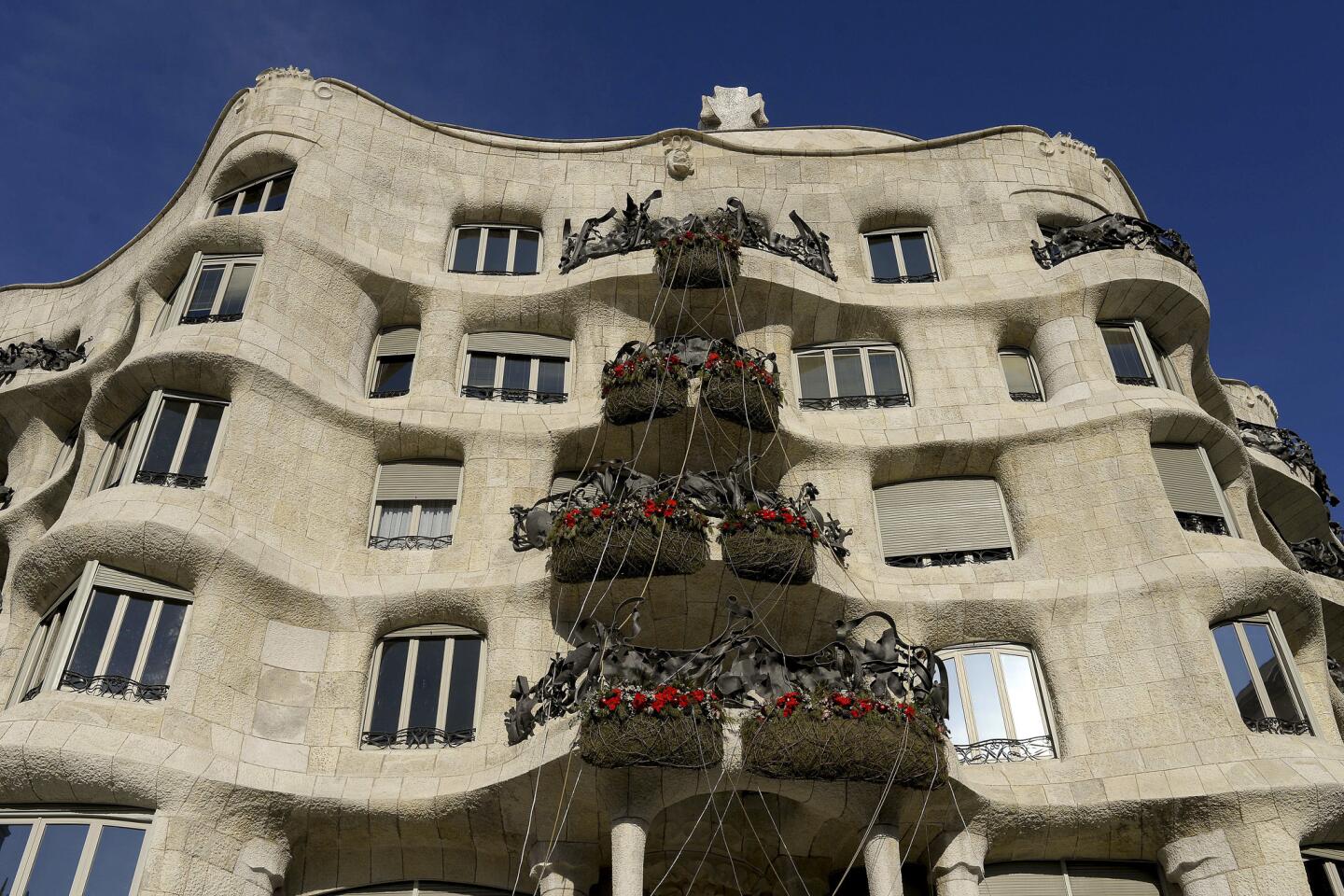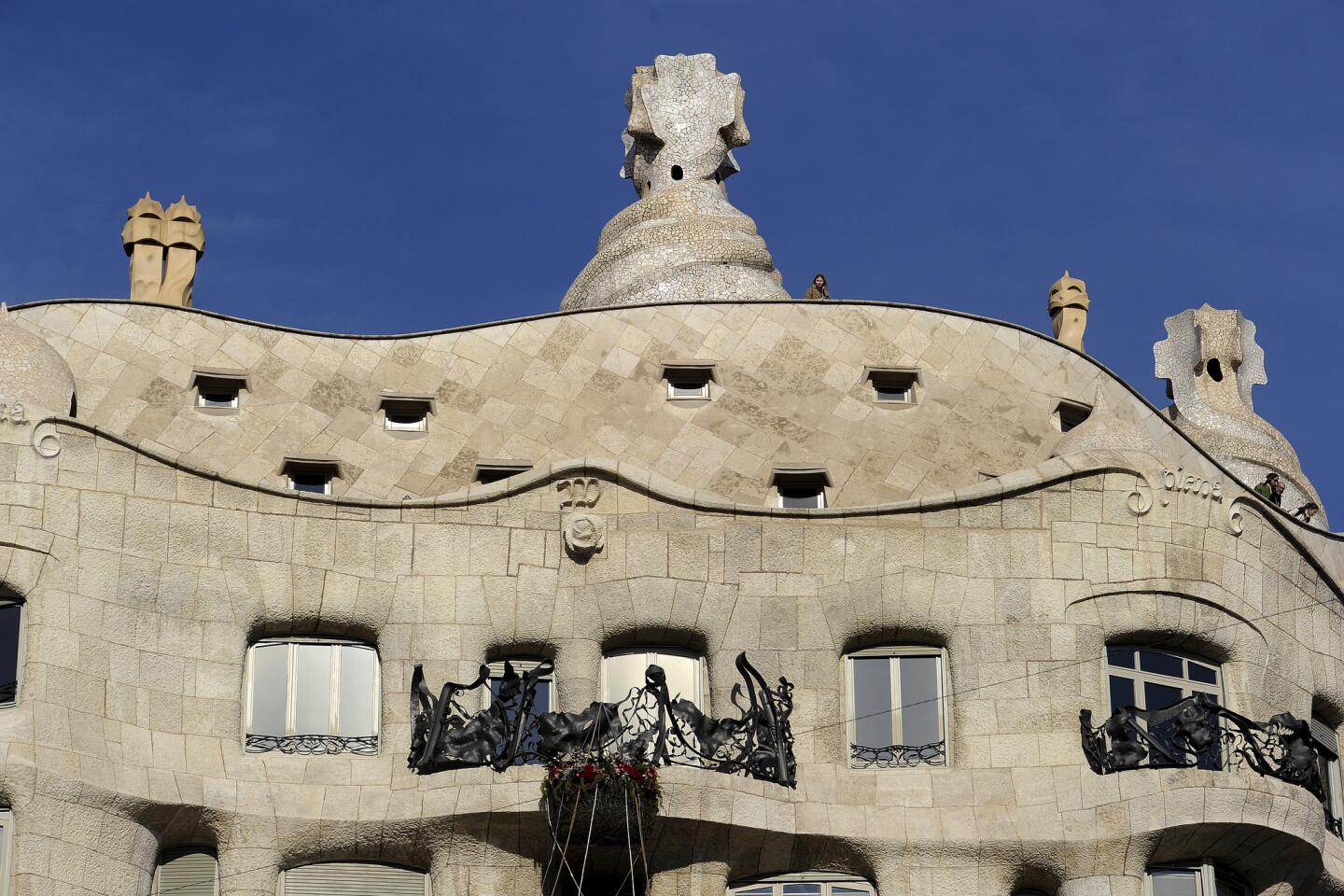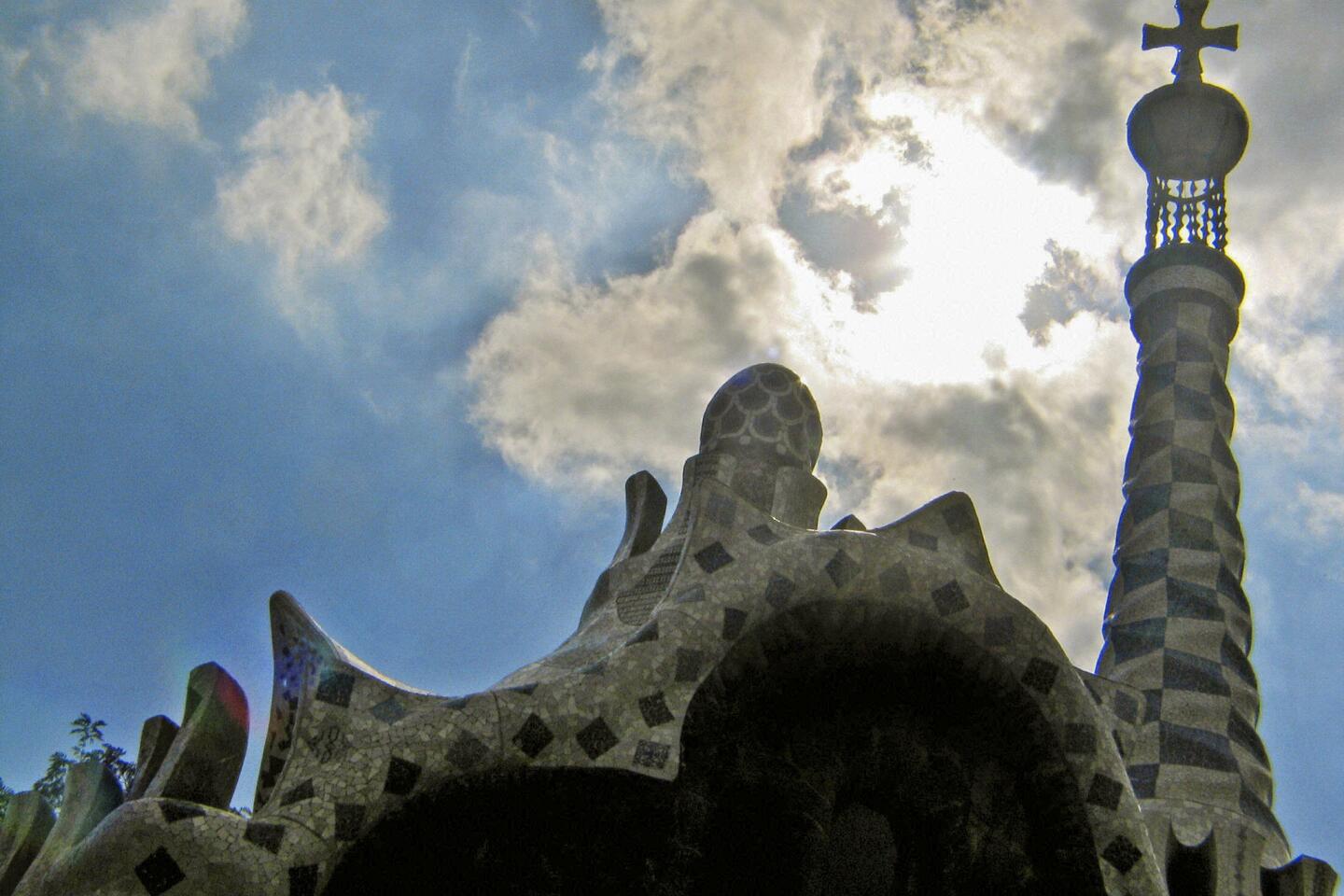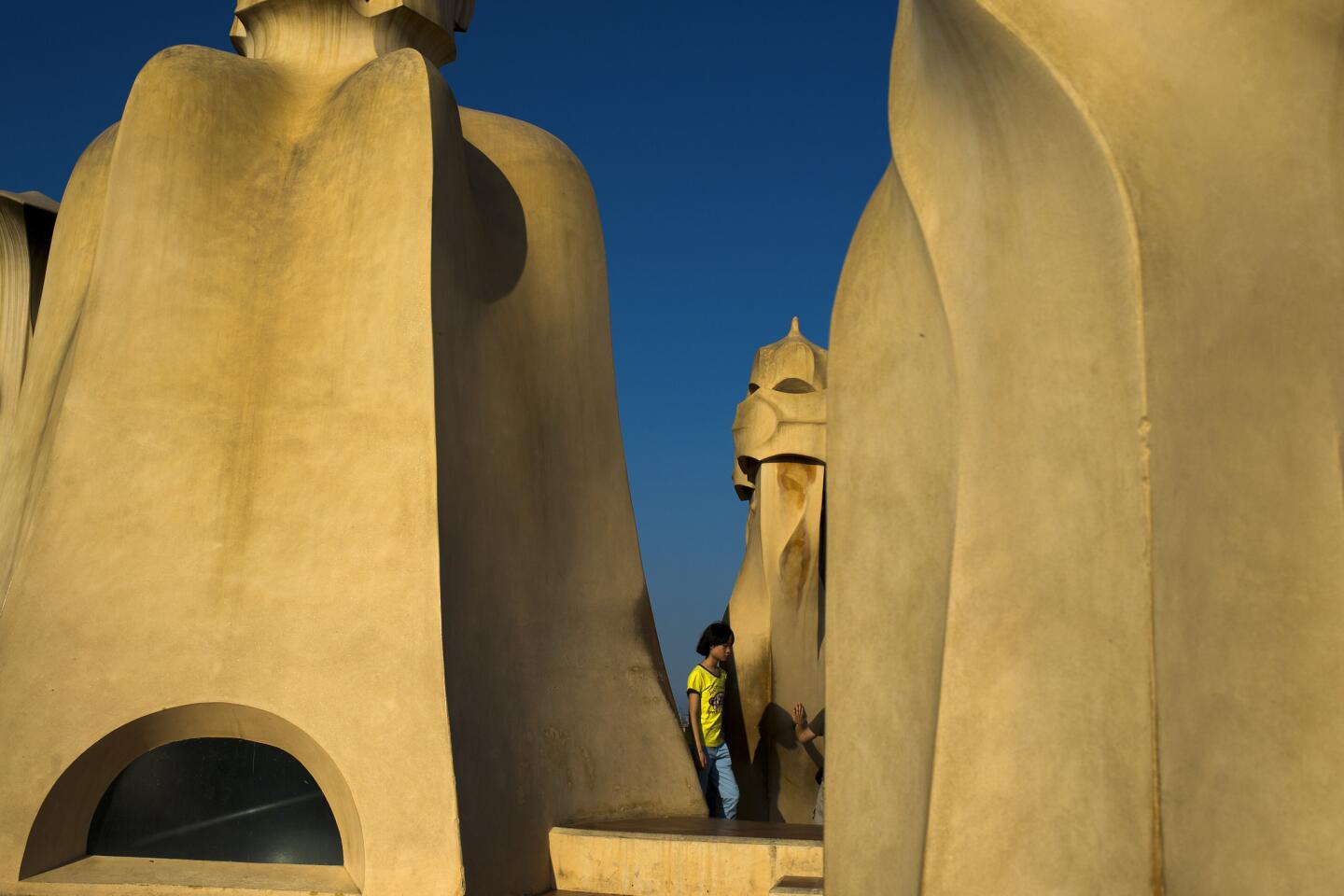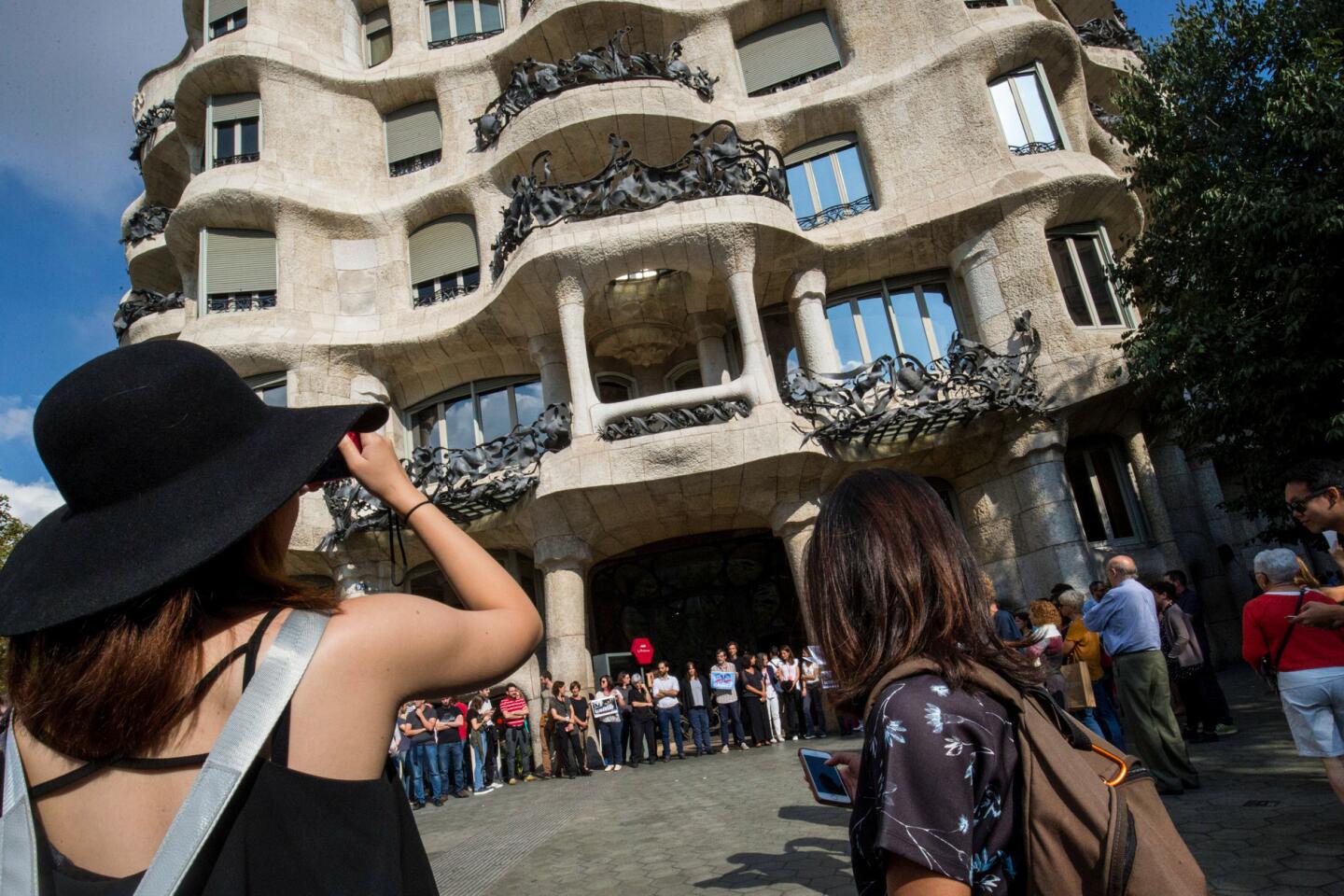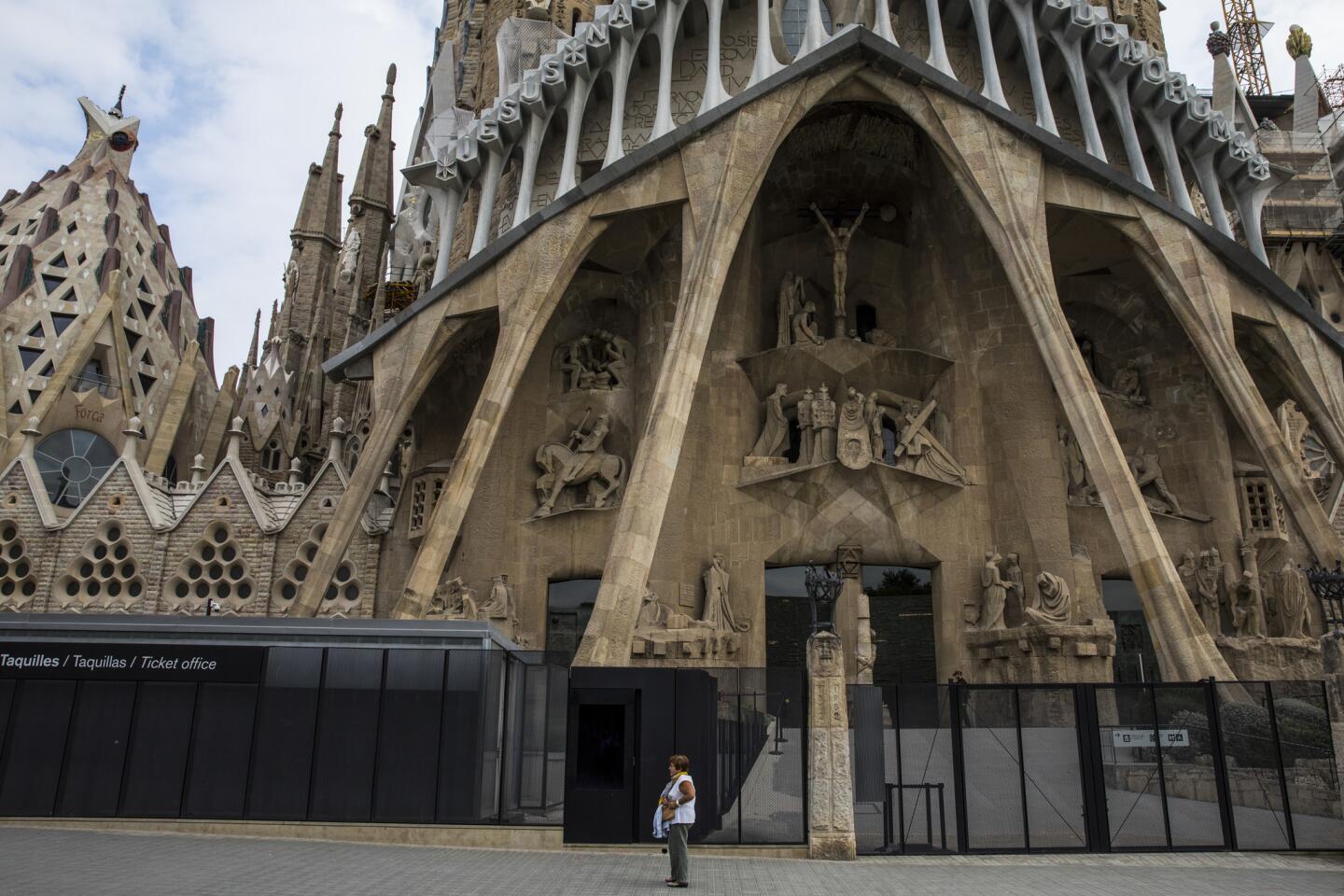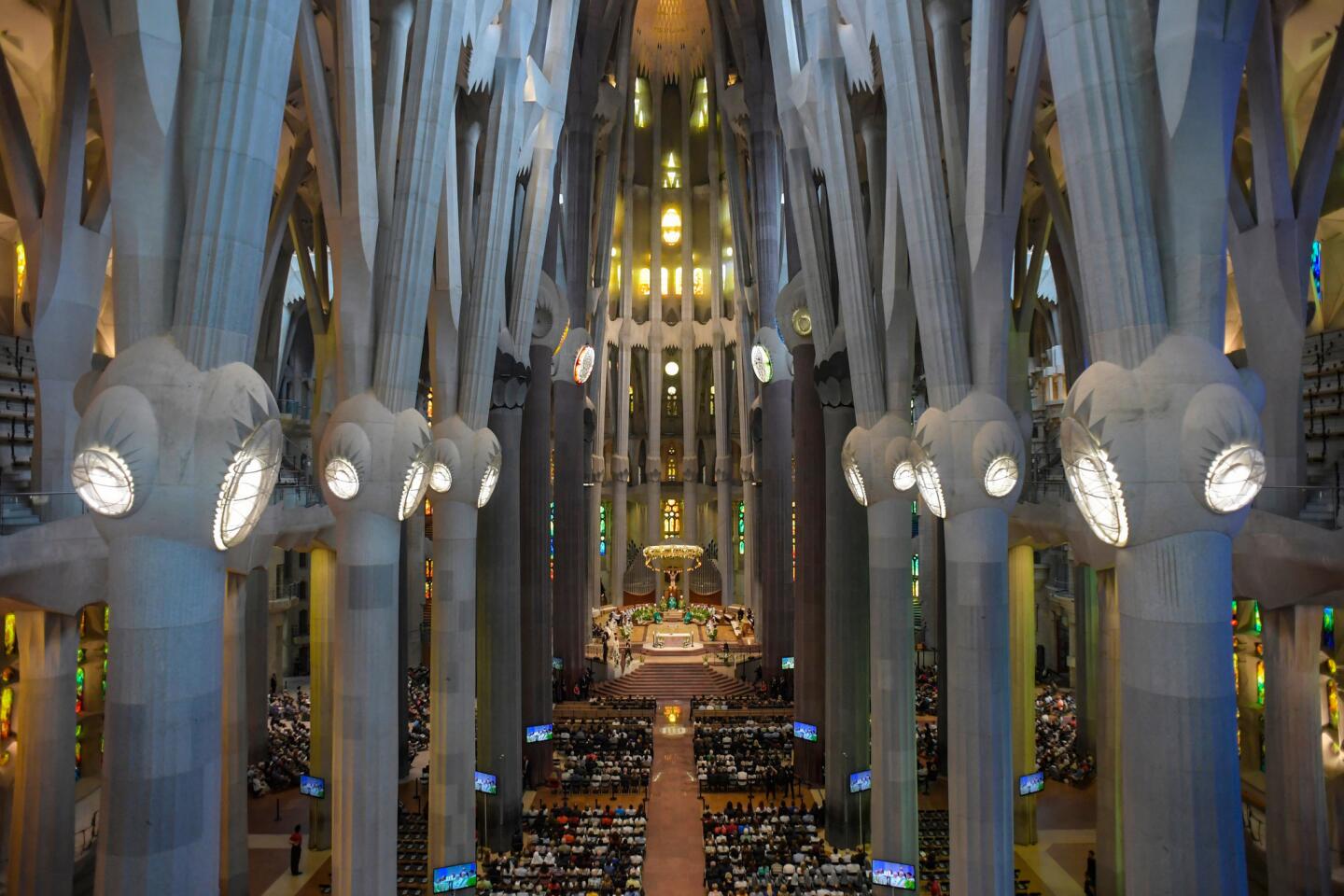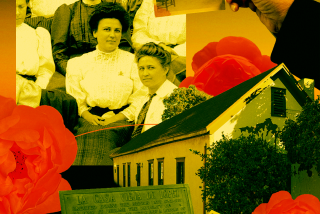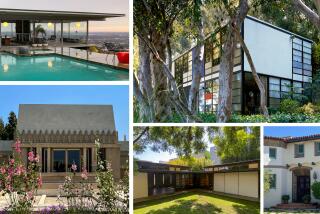A door opens into the early vision of Antoni Gaudi in Barcelona
I was thrilled when I read that Barcelona’s Casa Vicens had opened to the public, and I knew I had to see a house brimming with the mystery and magic of Antoni Gaudí.
I have admired this master of modernisme, Catalonia’s imaginative take on Art Nouveau, since Art History 101. By visiting Gaudí’s 1883 work, his earliest, I hoped to gain fresh insight into the genius of an architect whose fanciful buildings are as iconic as Van Gogh’s frenzied brush strokes and Jackson Pollock’s splatters.
Gaudí was raised in Barcelona, and the beauty of his work has transformed it.
Although his architecture is steeped in his Catalan heritage, it speaks a universal language. His sensuous shapes and kaleidoscopic mosaics inspired new directions in 19th and 20th century architecture.
Gaudí’s appeal is both visceral and spiritual. To me, the buildings he created are the closest a three-dimensional structure can come to expressing pure joy.
The opening of Casa Vicens was reason enough for my wife, Sharon, and me to plan a trip in December to Barcelona, which has a wealth of Gaudí’s remarkable works, seven of them UNESCO World Heritage Sites. We took a deep breath in anticipation and plunged into Gaudí’s world.
Casa Battló
On our first evening in Barcelona, we strolled down the Passeig de Gràcia, one of the city’s busiest streets. A crowd of tourists blocked our path. They were lined up to visit Casa Batlló, a five-story residence built in 1877 that Gaudi redesigned and renovated between 1904 and 1906.
The building was illuminated with vivid colors that accentuated the asymmetrical windows and the mosaic-encrusted facade. We joined the queue. A tour of Casa Batlló, one of Gaudí’s best-known buildings, would be the ideal prelude to visiting Casa Vicens.
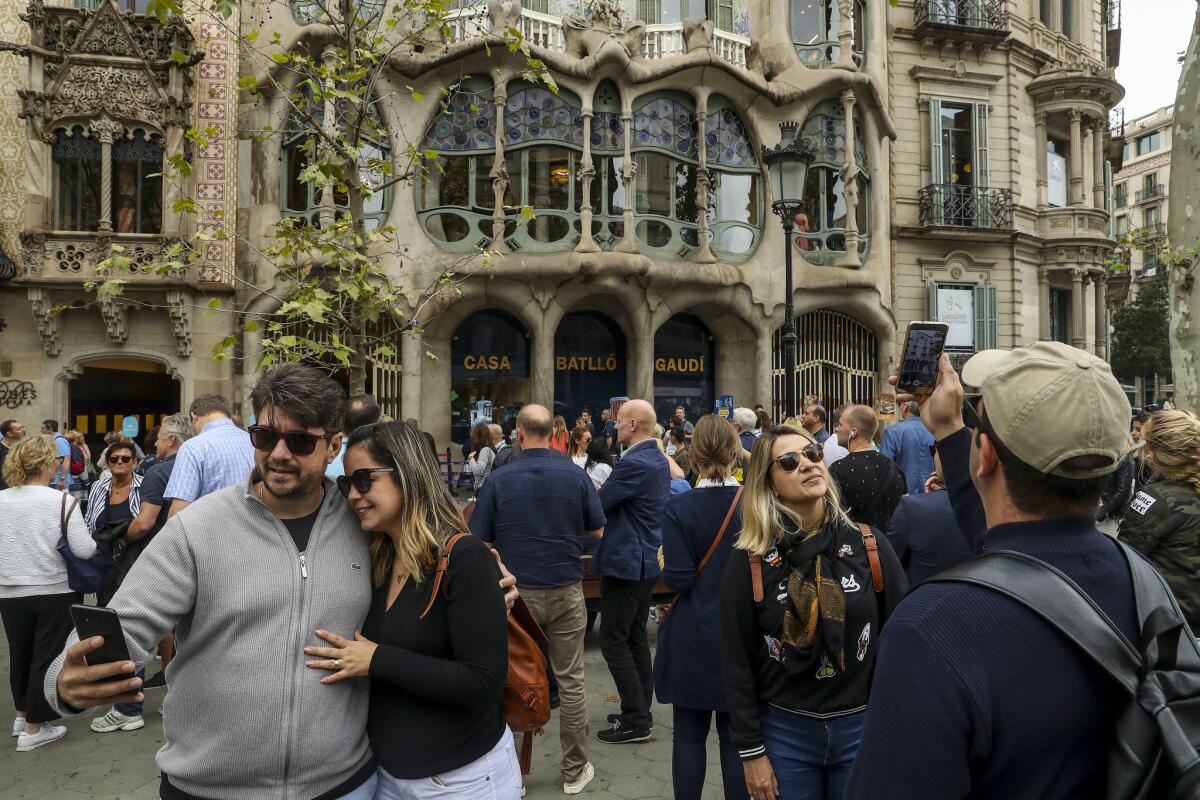
The rooms of the Casa Batlló were empty, but they sprang to life thanks to 21st century technology. We rented small iPads that used virtual reality to show the rooms furnished as they were in Gaudí’s time, including gracefully curved wooden benches, armchairs and cabinets designed by the master himself.
We climbed from floor to floor, swept up the staircase with the throng. On the roof terrace we discovered whimsically twisted chimneys decorated with broken-tile mosaics right out of a Dr. Seuss book.
Casa Vicens
The next morning, we set out for Casa Vicens, tucked away on a narrow street in the hilly Gràcia district, a 10-minute drive from Casa Batlló. When construction began in 1883, Gràcia was a country village and Gaudí was only 31.
Unlike Casa Batlló, Casa Vicens has no high-tech virtual reality tour. Instead, we chatted with savvy young guides as we explored the house. One explained that Casa Vicens was originally surrounded by an extensive garden with its own waterfall. Over the decades, the greenery was replaced by unsightly apartment buildings. We had to use our imaginations to appreciate the unspoiled natural setting of young Gaudí’s time.
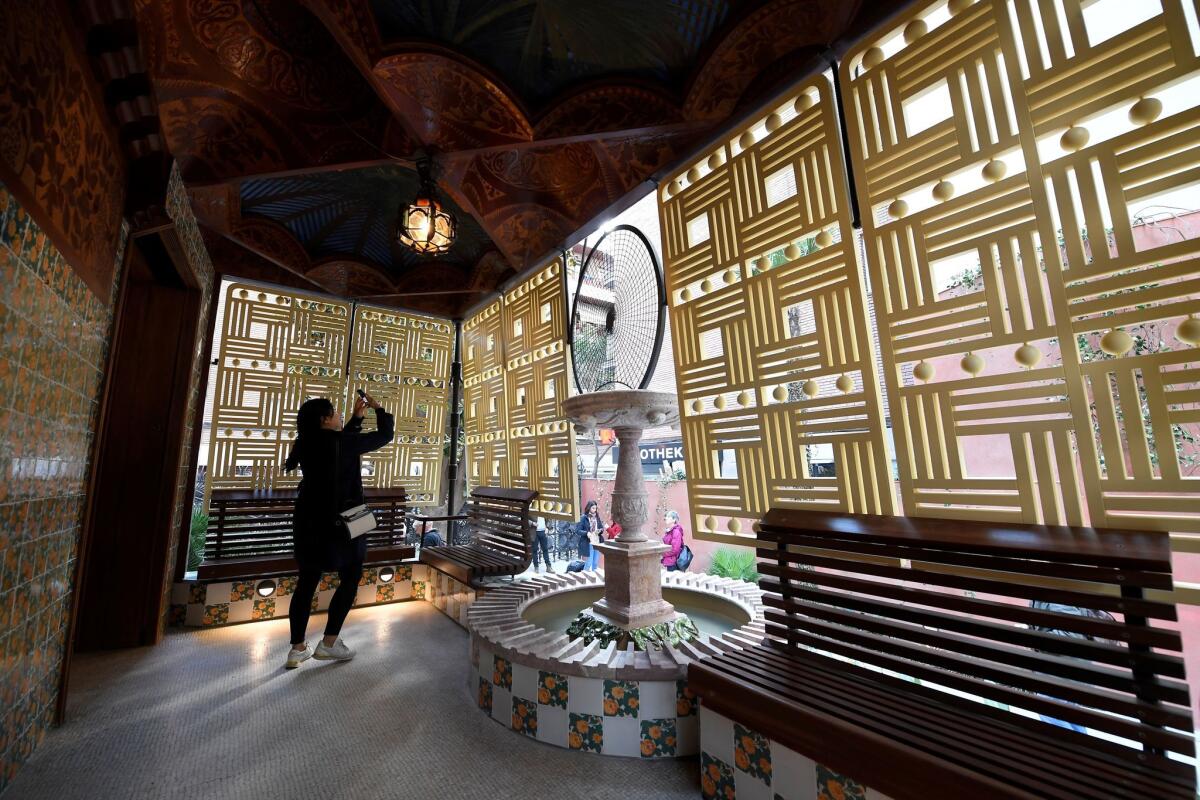
At first glance, Casa Vicens seemed to have been designed by a different architect from the one who created Casa Batlló.
The exterior was linear, faced with red bricks and green-and-white tiles in orderly checkerboard patterns. It lacked the playful curves and free-form mosaics that embellished his later work. The shadowy “smoking room,” with its intricate blue-plaster ceiling, reflected the neo-Mudéjar style inspired by the cultural influences of the Moors, who conquered much of Spain in medieval times.
A guide pointed out that Casa Vicens launched Gaudí’s career. The architect, breaking new ground, used a surprising array of materials, including stone, brick, concrete, glass, ceramic and plaster tile, iron and even papier-mâché.
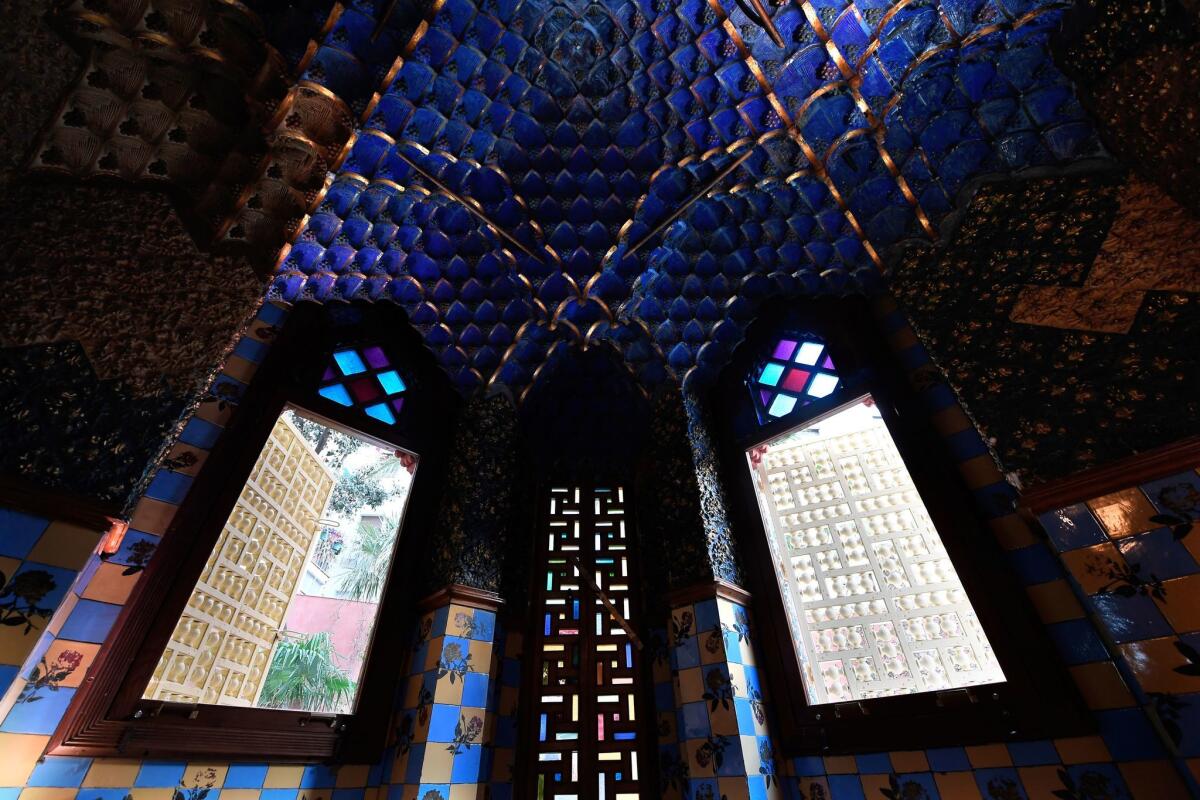
Most important, Gaudí brought nature indoors, drawing inspiration from it as he would for the rest of his life. In the living and dining area, seascapes and paintings of birds adorned the cabinetry, carved vines climbed the walls, and the ceiling was encrusted with papier-mâché fruit and flowers.
We realized that Casa Vicens revealed a budding creative vision, and that a great architect’s work is a life force, ever evolving.
Sagrada Familia
We ended our stay in Barcelona with a visit to Gaudí’s crowning achievement, the Sagrada Família. Gaudí took over as the church’s chief architect in 1883, the same year he began work on Casa Vicens. Although Casa Vicens was built in two years, only a quarter of the Sagrada Família was completed by the time of Gaudí’s death in 1926, when he was laid to rest in the crypt.
As we approached the church, giant cranes looming over its eight towers (an additional 10 are planned) reminded us that after 136 years, construction goes on. Even incomplete, the Sagrada Família is the most popular tourist destination in Barcelona.
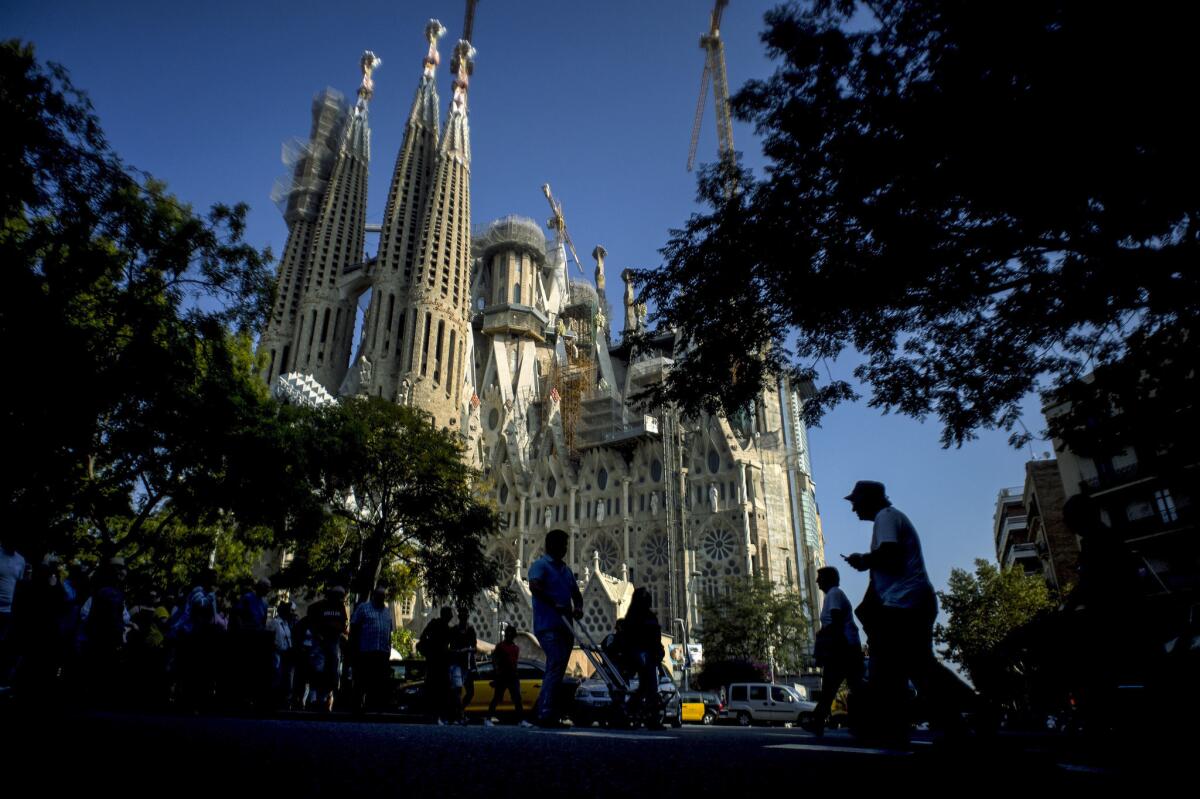
We were relieved to find that once inside the vastness of the basilica — the vaults of the central nave soar to 150 feet — the multitude of visitors dwindled. All eyes gazed up at the grandeur of the soaring arches and the radiance of the stained-glass windows.
Gaudí, a devout Catholic, considered his work on the Sagrada Família a labor of love. His devotion to the project inspired church leaders to call him “God’s architect.”
Gaudí’s vision for Sagrada Família has yet to be fully realized, for construction may not be completed until 2026, the centenary of the architect’s death. But as Gaudí is said to have observed, “My client is not in a hurry.”
If you go
THE BEST WAY TO BARCELONA, SPAIN
From LAX, Norwegian offers nonstop service to Barcelona, and United, American, British, Delta and Aer Lingus offer connecting service (change of planes). Restricted round-trip airfares from $500, including taxes and fees.
TELEPHONE
To call the numbers below from the U.S., dial 011 (the international dialing code), 34 (the country code for Spain) and the local number.
WHERE TO STAY
Hotel Claris, 150 Pau Claris, 934-876 262. Our comfortable room was stylishly decorated with antiques and paintings from the owners’ art collection. The Claris staff was gracious and helpful, and we savored the sunset from the hotel’s rooftop terrace. Doubles from $231 per night.
WHAT TO DO
Casa Vicens, 20-26 Carrer de les Carolines, Barcelona. Open daily 10 a.m to 8 p.m. About $20 for admission only, about $24 for entrance and guided tour.
Casa Batlló, 43 Passeig de Gràcia, Barcelona; 932-160-306. Open daily 9 a.m. to 9 p.m. About $30.50 for admission and audio-video guide.
Sagrada Família, 401 Carrer de Mallorca, Barcelona, 932-080-414. Open daily 9 a.m. to 6 p.m. in winter; 9 a.m. to 8 p.m. April 30-Sept. 30. About $19 for admission only; $27 for entrance and audio guide; and approximately $45 for entrance and visit to the towers.
You can order “skip the line” tickets to each of Gaudí’s works on their individual websites. Purchase tickets
TO LEARN MORE
More to Read
Sign up for The Wild
We’ll help you find the best places to hike, bike and run, as well as the perfect silent spots for meditation and yoga.
You may occasionally receive promotional content from the Los Angeles Times.
